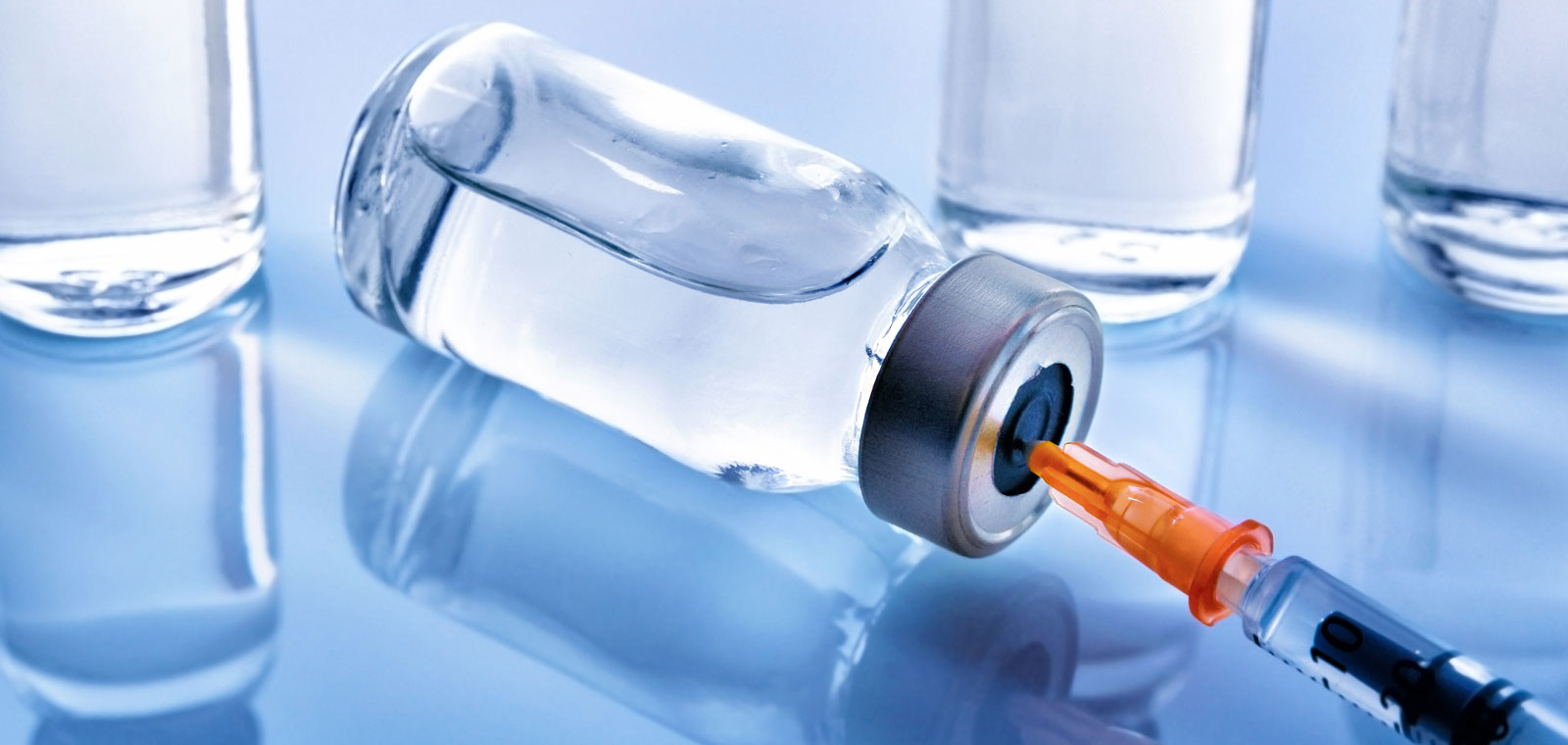
The world is urgently in need for a vaccine against the coronavirus. Billions are being invested worldwide. But there is one thing we cannot buy with money and that is time. Developing a good and safe vaccine takes a lot of time. Below we explain why.
Using a vaccine, we can train the body to protect itself against an infection, in this case a virus infection. We do this by introducing a part of the virus or a harmless form of the virus to the body. Enabling it to immediately recognize and attack the virus in case of an infection. The first step in the development of a vaccine is therefore to determine which part of the virus will be most suitable for inclusion into the vaccine. To a large extent, we can predict this based on vaccines previously developed against similar viruses, but which part will be the most effective remains an educated guess. We don't know it until we have tested it. That is why many research groups around the world are currently developing different types of vaccines against the coronavirus.
Laboratory animals
When a potential vaccine has been produced at a small scale, studies performed in laboratory animals will determine whether the potential vaccine can elicit a good immune response. The immune system consists of millions of different components, all of which interact in one way or another. To date there is no computer model or animal-free culture system available for these complex and largely unpredictable processes. That is why this has to be done in animal experiments. In order to investigate this, rodents are injected with an experimental vaccine and after some time blood is obtained from the animals. In cell cultures it is possible to examine whether there are substances in the blood that can stop the virus. In this way we can select the most promising vaccines and then test them in animal species that are more similar to humans, such as macaques. The immune system of monkeys is similar to humans and these animals are also susceptible to the virus. This allows us to test whether the body can clear the virus after vaccination. Our work relates to this stage of vaccine development.
In people
In the meantime, vaccines also need to be tested for safety. This is often first investigated in laboratory animals and subsequently in humans. The next step is to determine whether a vaccine offers protection. Potentially this could happen by deliberately infecting people with the virus. However, this is very dangerous because there is no medicine available. Another option is to wait for vaccinated people to become infected with the virus and to determine whether this occurs less often as compared to unvaccinated people. However, there is a danger that a vaccine may have an adverse effect. The vaccine stimulates the body to tackle the virus, but an excessive reaction could lead to serious illness when people are infected. Moreover, investigating the effect of a vaccine in this way this takes a long time, and therefore it is important that the chance of success is as great as possible. That is why animal studies are so important.
At a large scale
Large-scale production is necessary to vaccinate large numbers of people. Not every vaccine is suitable for this. On top of this, it is important that the vaccine productions costs should be minimized.
A long way
To cut a long story short, developing a vaccine is a long process, consisting of many steps. To speed up this process, some steps towards a coronavirus vaccine take place at the same time. Nevertheless, the development of a vaccine continues to be a complex, lengthy process. BPRC is part of this process as visualized in a recent video made by Nu.nl.

